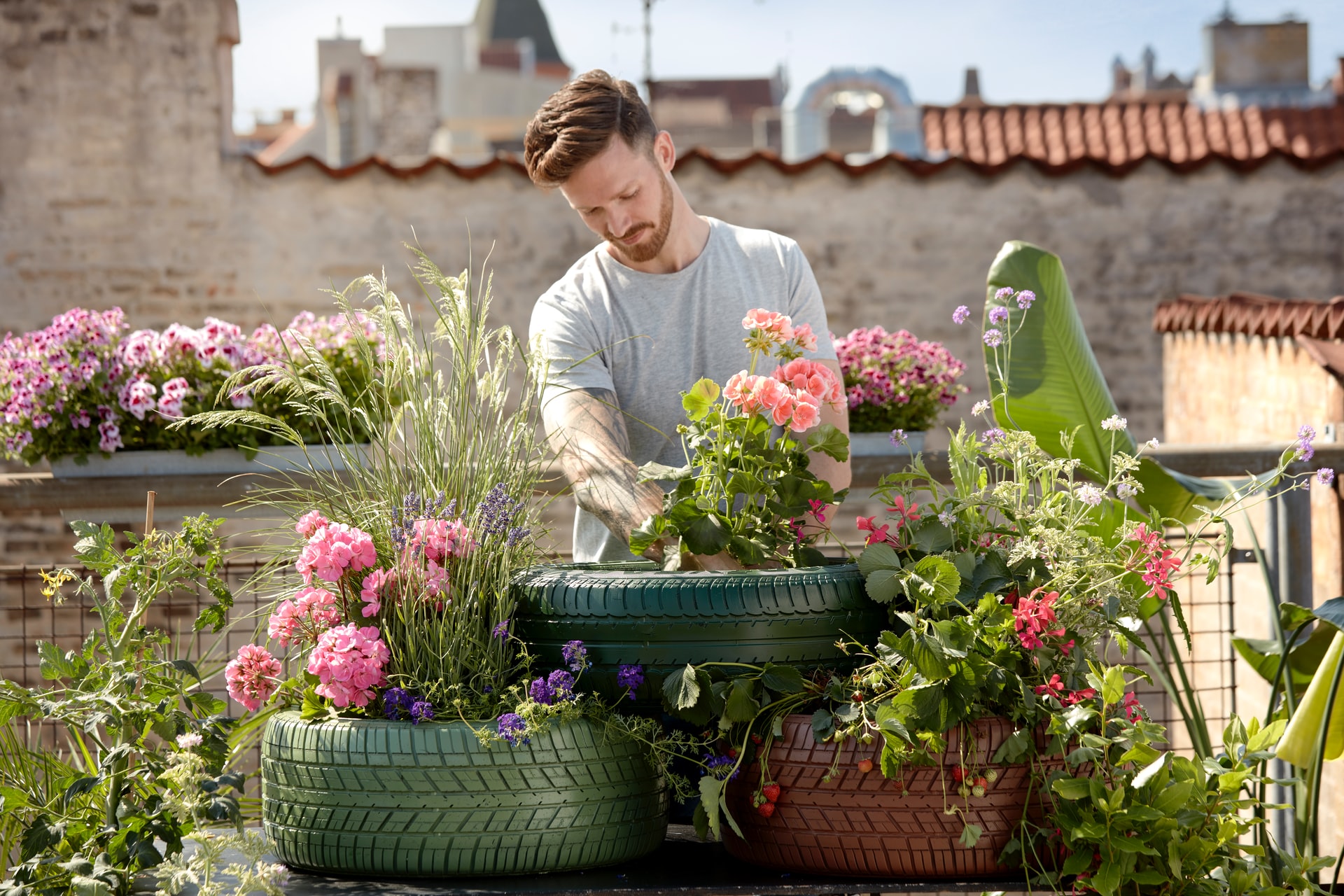Whether you are an amateur or experienced gardener, it is essential to choose the right plants to beautify and enhance your garden. Sunlight conditions and exposure to shade are determining factors for the growth and development of your plants. In this article, we will focus on different varieties of plants adapted to these different environments.
Plants based on sun exposure
Some green spaces are naturally bathed in light, which offers a wide choice of plants that love to bask in the sun. Here are some tips for selecting plants that will thrive in sunny areas:
- Opt for sun-resistant species: several perennial plants and shrubs particularly withstand hot and sunny conditions, such as yarrow, lavender, rosemary, thyme and many others.
- Prefer local species : some plants endemic to the warm and sunny regions of France, such as cistus, have developed adaptation mechanisms that allow them to better withstand these climatic conditions.
- Consider the water needs of plants: plants accustomed to sunny areas generally need less water and are more resistant to drought, as is the case with succulents (aloe vera, agave…).
Plants adapted to shady areas
In your garden, it is likely that some areas receive less light. Here are some suggestions for selecting plants that will thrive in these shaded spaces:
- Identify the different types of shade : partial shade is different from dense shade; adapt your plant varieties according to the amount of light available.
- Opt for plants that love the shade: several plants particularly enjoy shaded areas, such as the hellebore, hosta, fern, or hydrangea.
- Consider the soil and humidity: shade-loving plants generally appreciate a soil rich in organic materials, such as dead leaves, and often require regular watering.
Making Shade and Sun Plants Coexist
It is possible to create harmonious gardens by wisely combining plants that are adapted to both shade and sun. Follow these tips to succeed in this alchemy:
- Create buffer zones: plant shrubs or semi-shade plants to create a gentle transition between shade and sunlit zones. Some species like boxwood, Japanese azalea, and European spindle appreciate this intermediate exposure.
- Mix sizes and textures: play with the diversity of shapes, sizes, and colors to create an aesthetic and balanced space. Alternate between flamboyant plants (sages) and more discreet ones (heathers).
- Take into account the cycle of plants: some plants will bloom in spring, others in summer or even in autumn; choose your varieties carefully to ensure a nice visual outcome throughout the year.
Being Accompanied by a Professional
To assist you in selecting the plants that will best suit your garden, do not hesitate to seek advice from a nurseryman. These plant professionals will guide you with their extensive knowledge in horticulture and expertise in choosing the varieties most suited to your region, such as the nurserymen of Chatel or other French regions.

Finding endemic plants of France
Of course, the choice of plants will also depend on the region where your garden is located. France is rich in different plant species that will flourish depending on the climate and geographical conditions.
To enhance the authenticity of your green space, it may be interesting to introduce species characteristic of your region or neighboring natural areas into your garden. Here are some examples of regional plants:
- Small-leaved lime: This emblematic tree, notably present in the Jura, offers pleasant shade and its flowers are highly appreciated by bees for the nectar they produce.
- The marsh iris: this beautiful plant with golden yellow flowers adorns the banks of wetlands in the southwest of France and actively contributes to preserving their ecosystem.
- The common juniper: this conifer, widespread in the mountainous region of the Massif Central, is used in many areas as a hedgerow and also serves to make wooden objects.
Do not hesitate to get in touch with a nurseryman in your area in order to obtain the most suitable plants for your garden. Some nurseries also offer personalized advice and support services to help you create a harmonious garden, respectful of local environmental conditions.

